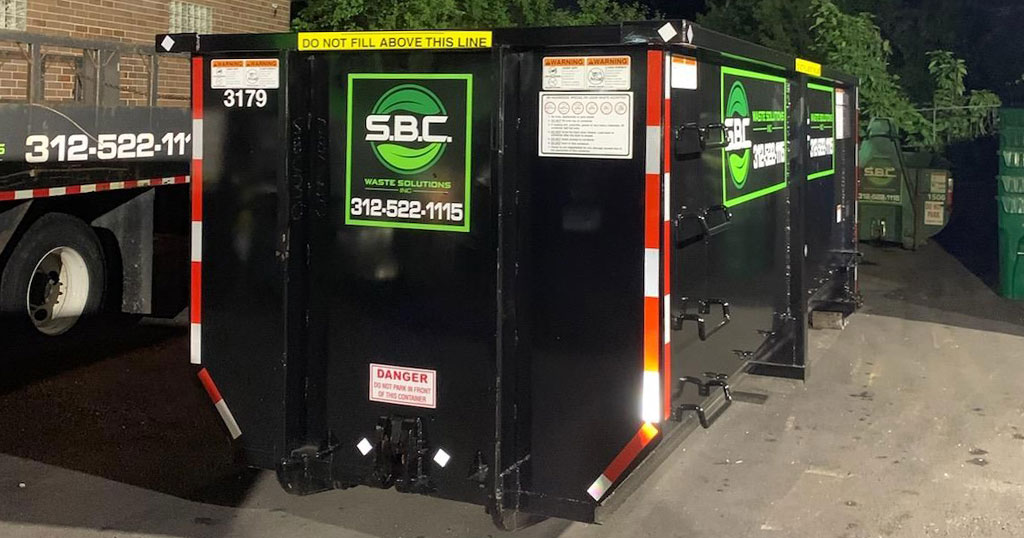Counterfeiting of renowned premium brands is not a recent phenomenon. Still, since last year, international marketing efforts and prominent television programs have highlighted the dangers of counterfeit medications and phony electrical devices bringing loss of life and damage to naïve users.
Faulty goods enter the industry through a variety of channels. An ignorant public can contact such things via online garage sales and street stalls, to mention a few. On the other hand, counterfeits can enter the genuine supply chain, posing the most significant threat because they are hidden behind original products.
Anti counterfeiting and brand protection can take several different forms, such as theft and unlawful fabrication. Various techniques may differ depending on the product. Counterfeiting influences all manufactured goods in today’s money, posing significant liability along with health & safety concerns for makers and merchants.
Consequences of using counterfeited products?
- Consumers’ need for inexpensive costs is frequently exploited by counterfeit goods. Buying counterfeit things instead of the actual item may appear to be a cheaper alternative, but it comes with a high expense to yourself while others.
- Duplicate items are frequently created with low-cost, inferior, and sometimes harmful elements, jeopardizing buyers’ health and well-being.
- Whenever you disclose your personally identifiable information to a counterfeit retailer, you put yourself at risk of fraudulent activity and financial fraud.
- Counterfeiting revenues have already been related to fueling organized crime, narcotics distribution, and terrorist activity.
- Legitimate producers invest enormous money in merchandise development and research and establish a reputation for reliability within buyers.
- Counterfeiters strive to benefit unlawfully from the goodwill of that other company, which can be devastating to smaller firms. A decrease in sales and earnings due to adverse competitiveness translates into reduced wages and employment losses and increased consumer costs.
How can a business prevent counterfeiting?
Anti-counterfeiting technologies must be tailored to your specific goods. Nonetheless, a handful of anti-counterfeiting guiding principles apply to all market segments, and they should be incorporated in an anti-counterfeiting strategy. These are some of them:
- Connecting with dependable vendors and relationships
- Confirm the validity of raw materials and parts
- Keeping track of and evaluating shipping of products to ensure their amount and legitimacy.
- Handling and disposing of material waste and defective and useless commodities
- Leaving and wind-down processes must be established.
Businesses can help prevent imitation by ensuring the validity of shipping from all sources, especially those that do not come straight from a supplier and engaging with dealers and distributors whose legality has been verified.













